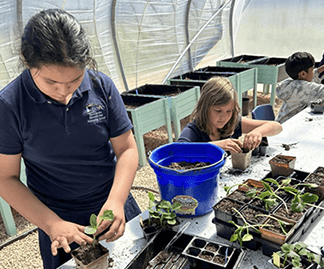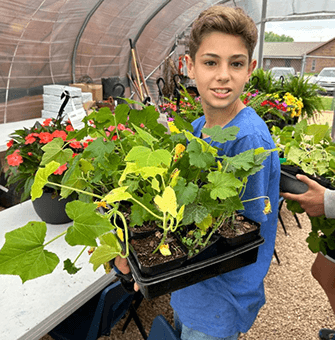feature
A Legacy of Leading—
A
s she prepares for retirement, Dr. Berit von Pohle, Vice President of Education for the Pacific Union Conference, reflects on the calling, challenges, and rewards of a lifetime in Adventist Education. In this candid conversation, she shares the values that have shaped her journey--from her early days as a teacher to her leadership as an administrator. Berit speaks about the privilege of nurturing students, the importance of community in Adventist schools, and the evolving landscape of education. An inspiring conversation with a master teacher and administrator.
Berit von Pohle
Renee Otts
Jan Huff




During the May 2024 NAD Education Advisory meetings, the North American Division Office of Education honored Dr. Berit von Pohle, Vice President of Education for the Pacific Union Conference, with deep appreciation for her many years of dedicated service and leadership in Adventist education.
As she prepares for retirement, Dr. von Pohle, reflects on the calling, challenges, and rewards of a lifetime in Adventist Education. In this candid conversation, she shares the values that have shaped her journey--from her early days as a teacher to her leadership as an administrator. Berit speaks about the privilege of nurturing students, the importance of community in Adventist schools, and the evolving landscape of education. An inspiring conversation with a master teacher and administrator.
Journey to Excellence Award



